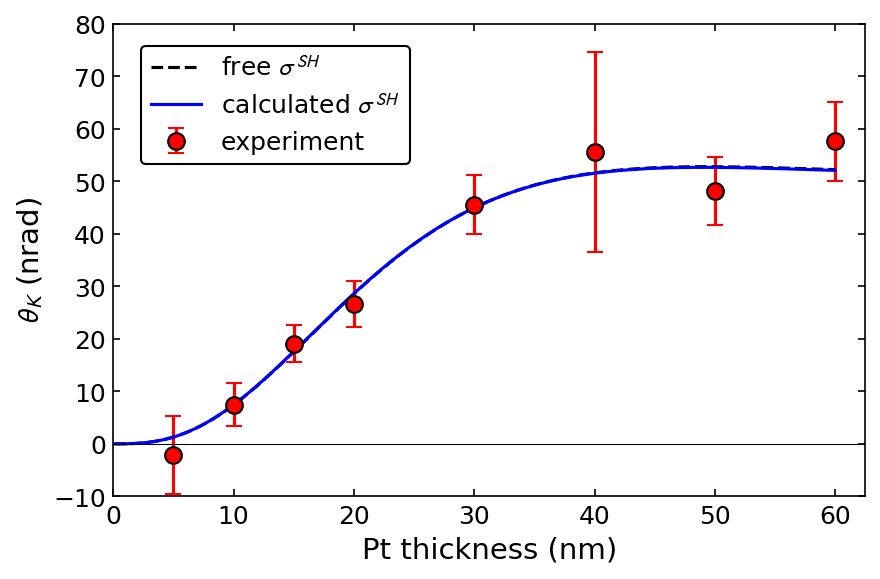SFB 767 Seminar: Theory of light and current induced magnetism in solids
Wann
Dienstag, 15. Oktober 2019
15:15 bis 16:45 Uhr
Wo
P 712
Veranstaltet von
U. Nowak, 5315
Vortragende Person/Vortragende Personen:
Prof. Dr. Peter M. Oppeneer, Dept. of Physics and Astronomy, Uppsala University (S)
Modern technology requires novel ways to fast and reliably control the magnetization in nanoscale spintronic devices. Recent experiments have revealed that there exist several effects that couple to the electron’s spin and could hence potentially be used to manipulate the local magnetization, such as the spin Hall effect, the Rashba-Edelstein effect, and the inverse Faraday effect. However, in real materials there is as yet not much known about the sizes of these effects; they are small and related to the relativistic spin-orbit interaction. Here we use Density-Functional Theory (DFT)-based relativistic calculations to investigate these effects for real materials. By comparing experiments with ab initio calculations we can determine the spin Hall conductivity and spin diffusion length of Pt [1]. The magnetization locally induced by circularly polarized laser light is commonly referred to as inverse Faraday effect. This effect could play a role for all-optical helicity dependent magnetization reversal. Our ab initio calculations show that the induced magnetization is strongly materials, chemical element, and frequency dependent, and moreover there exists a pronounced difference between induced spin and orbital magnetizations [2]. The Rashba-Edelstein effect, lastly, predicts a current-induced magnetization in an inversion-symmetry broken material. We compute this effect for the noncentrosymmetric antiferromagnets of recent interest, CuMnAs and Mn2Au. We find that apart from an induced spin polarization there is also an orbital polarization which is far from being negligible. We show that orbital Rashba-Edelstein effect does not require spin-orbit coupling to exists, but is permitted by PT-symmetry. We compute sizable induced magnetizations at optical frequencies, which suggest that electric-field driven switching in antiferromagnets could be achieved at much higher frequencies [3].
[1] C. Stamm, C. Murer, M. Berritta, J. Feng, M. Gabureac, P.M. Oppeneer, and P. Gambardella, Phys. Rev. Lett. 119, 087203 (2017).
[2] M. Berritta, R. Mondal, K. Carva, and P.M. Oppeneer, Phys. Rev. Lett. 117, 137203 (2016).
[3] L. Salemi, M. Berritta, A.K. Nandy, and P.M. Oppeneer, arXiv:1905.08279.

